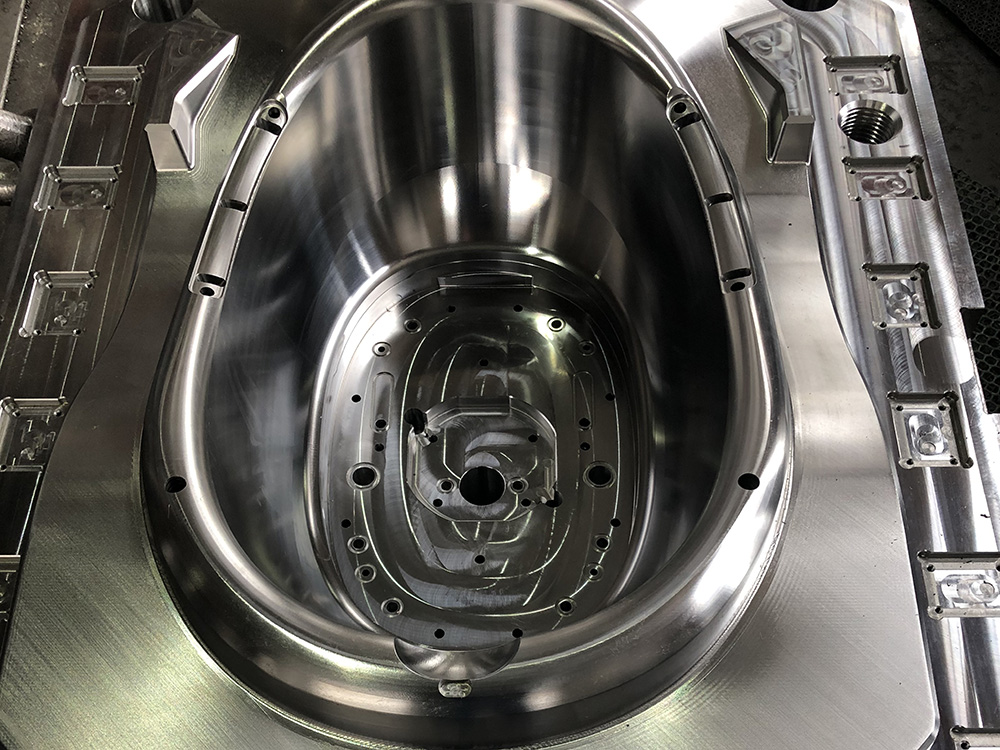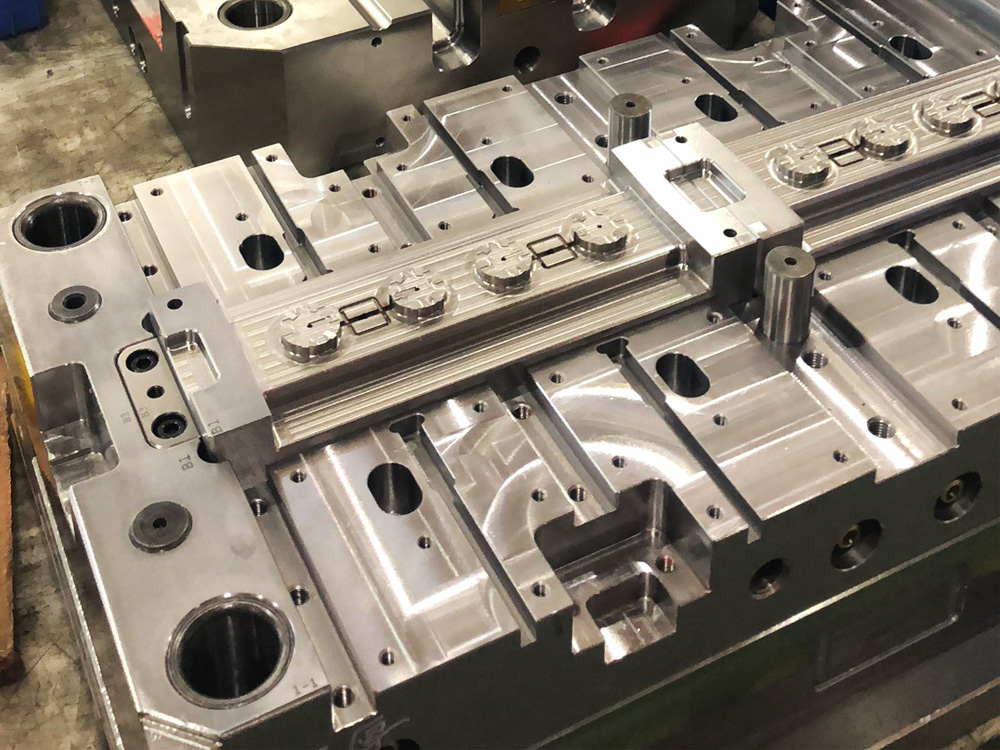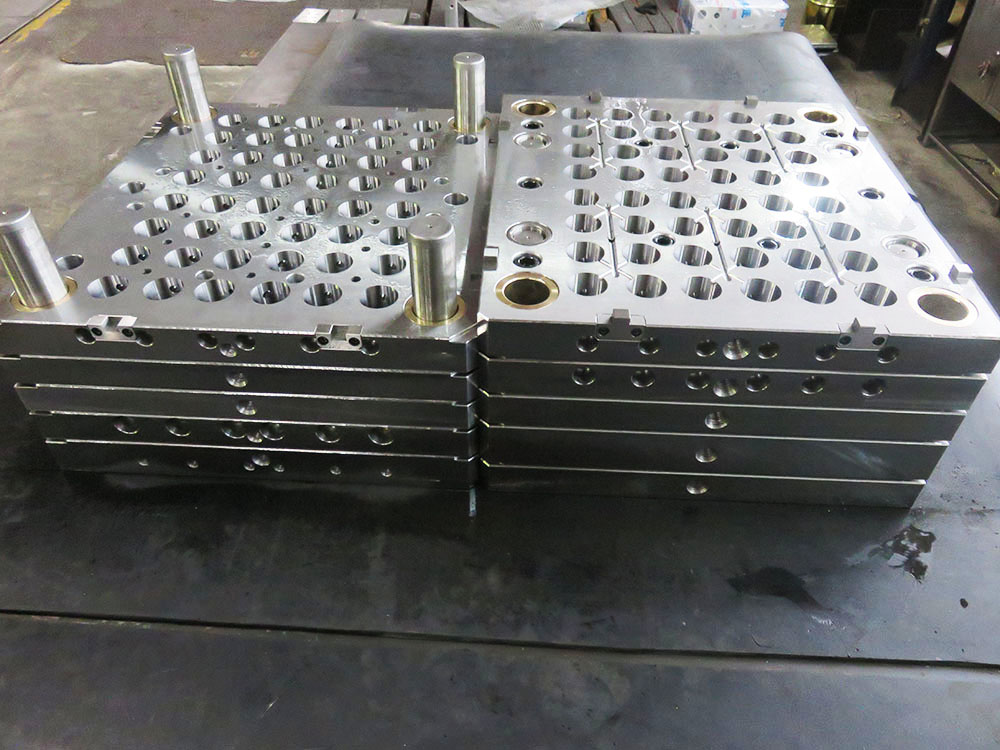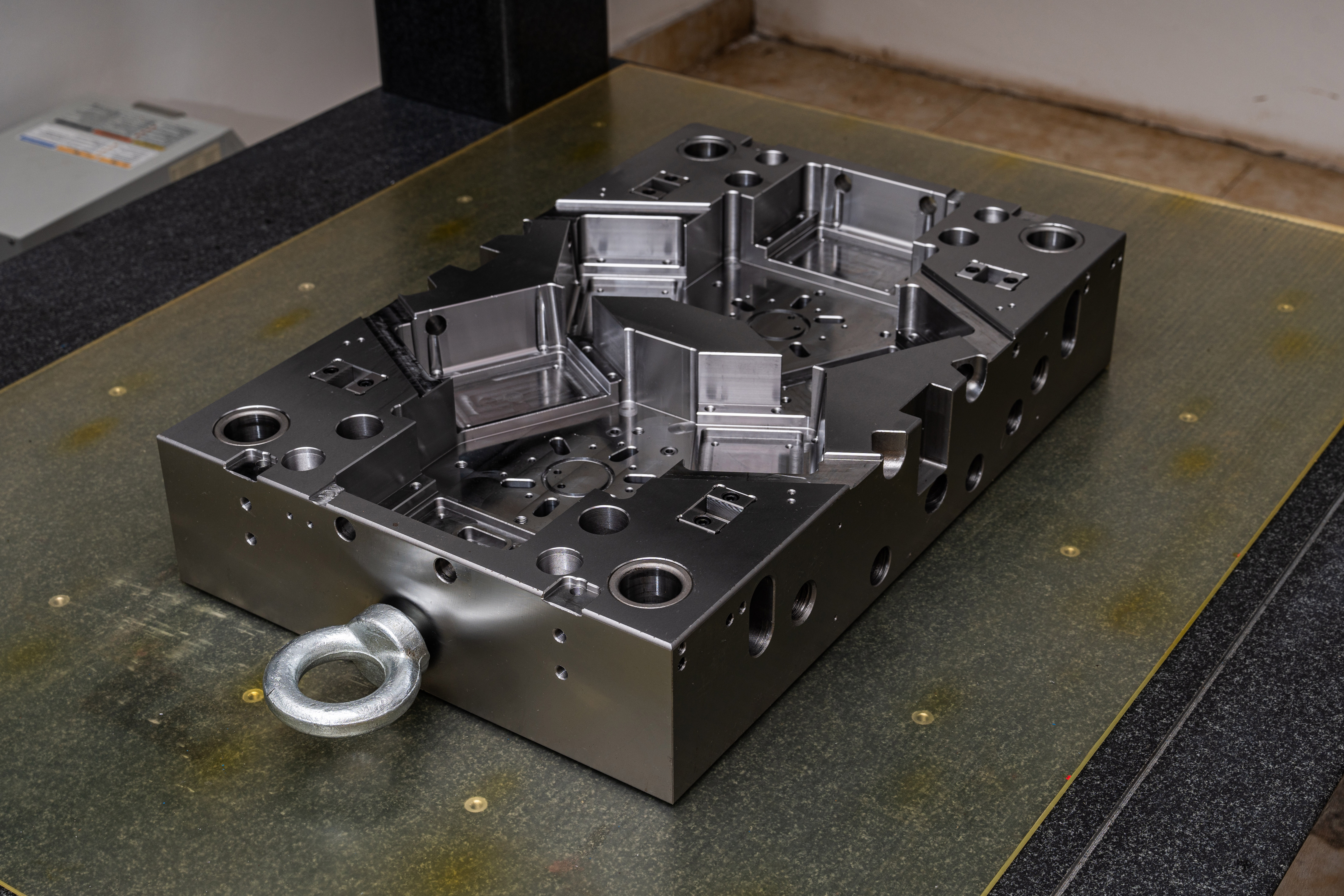How to Set Up UG as a Work Component in Mold Base Industry
UG, or Unigraphics, is a powerful computer-aided design (CAD) software widely used in the mold base industry. It offers a range of features and tools that make it an ideal choice for designing and manufacturing complex mold bases. In this article, we will discuss how to set up UG as a work component in the mold base industry.
Step 1: Install and Configure UG
The first step is to install UG software on your computer. Ensure that you have the latest version installed for optimal performance and compatibility. Once installed, configure UG according to your specific requirements. This may include setting up default templates, defining shortcuts, and customizing toolbars. The goal is to streamline your workflow and make UG work seamlessly as a component in your mold base design process.
Step 2: Familiarize Yourself with UG Interface
Before diving into mold base design, spend some time familiarizing yourself with the UG interface. Take advantage of UG's extensive documentation and tutorials to learn about its various functions and capabilities. Understanding the interface layout, navigation tools, and basic commands will help you navigate through complex designs efficiently.
Step 3: Create a New Mold Base Assembly
To begin designing a mold base, start by creating a new assembly in UG. This will serve as the parent component that houses all the individual parts and elements of the mold base. Consider the required dimensions, specifications, and design constraints during the initial setup process.
Step 4: Design Individual Components
Once the assembly is created, you can start designing the individual components of the mold base. These include the plates, inserts, pins, ejector systems, cooling systems, and other necessary features. Utilize UG's advanced modeling tools to create precise 3D models of these components. Ensure that you adhere to industry standards and specifications while designing to ensure compatibility and ease of manufacturing.
Step 5: Assemble the Mold Base Components
After designing the individual components, assemble them within the mold base assembly. UG provides powerful assembly tools, allowing you to accurately position and align each component. Pay attention to the interdependencies and interactions between the components to avoid any conflicts or interference.
Step 6: Validate and Optimize the Design
Once the mold base is fully assembled, it's important to validate and optimize the design. Utilize UG's simulation and analysis capabilities to check for any potential issues such as collisions, undercuts, or insufficient clearance. Make necessary adjustments to ensure the design meets all the functional and manufacturing requirements.
Step 7: Generate Documentation and Output Files
After finalizing the design, generate detailed documentation and output files for the mold base. UG allows you to create 2D drawings, bill of materials, assembly instructions, and other necessary documentation. Ensure that all the required information is included to aid in the manufacturing process.
Step 8: Collaborate and Communicate
UG offers powerful collaboration and communication tools, allowing seamless integration with other stakeholders in the mold base industry. Share design files, collaborate on design changes, and communicate with manufacturing teams using UG's integrated features. This ensures effective communication and streamlines the production process.
In conclusion, setting up UG as a work component in the mold base industry requires installation, configuration, familiarity with the interface, assembly creation, component design, validation, documentation generation, and collaboration. By following these steps, you can efficiently utilize UG for designing and manufacturing complex mold bases.




